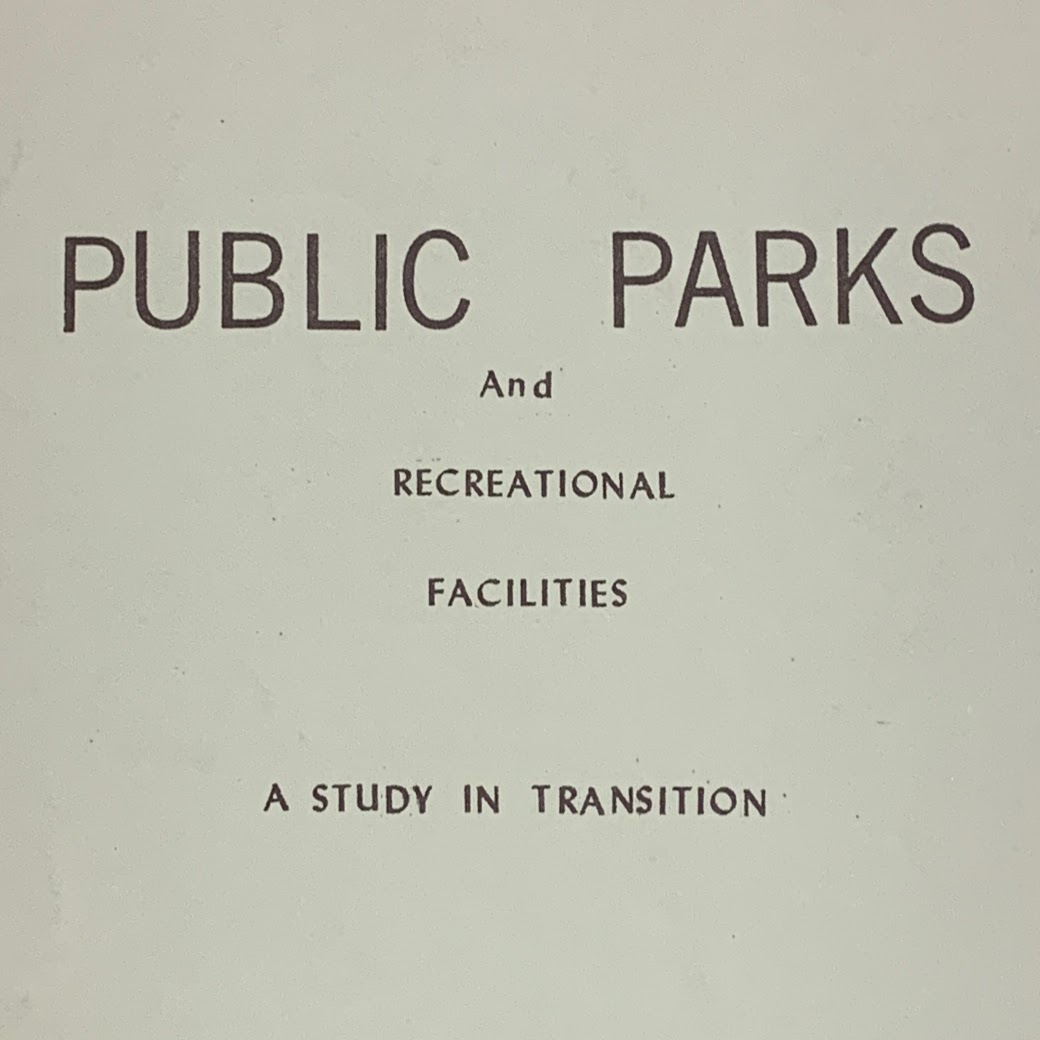On July 10, 1963, Judge J. Robert Martin of the United States District Court for the Eastern District of South Carolina issued a ruling on the case of Brown v. South Carolina State Forestry Commission ordering that state parks desegregate within sixty days. Instead of complying with this order, the Forestry Commission closed all twenty-six state parks.
South Carolina state parks were created in the early 1930s by the Civilian Conservation Corps (CCC), a work relief program that was part of President Roosevelt’s New Deal. Under the CCC, sixteen state parks were opened in South Carolina in the 1930s including Myrtle Beach, Edisto Beach, Paris Mountain, Oconee, and Lake Greenwood. Following the dissolution of the CCC in the 1940s, the South Carolina State Forestry Commission took over management of the state parks system.
From the very beginning of the state park system, parks were segregated. The sixteen parks created by the CCC were exclusive to whites. Due to mounting federal pressure, the suggestion of the National Park Service, and the continued work of African American leadership, state officials agreed to develop separate African American facilities at existing parks. In 1940, Greenwood became the first state park open to Black residents. Until 1966, Greenwood along with Hunting Island, Huntington Beach, Campbell’s Pond, Mill Creek, and Pleasant Ridge were the only parks with facilities available to African Americans. These facilities were inherently inferior with limited access to amenities like lakes, campsites, or concessions.
In response to the inequity of these separate facilities, Black students and activists pushed back. Members of the NAACP in Charleston brought a suit against Edisto Beach State Park, which resulted in the total closure of the beach. Subsequent suits against Myrtle Beach State Park and Sesquicentennial State Park were brought to court as part of Brown v. South Carolina State Forestry Commission which challenged segregation of all parks in the state-sponsored system. On July 10, 1963, Judge J. Robert Martin handed down a decision in this case. Noting that separate facilities at state parks violated the Fourteenth Amendment, he directed the desegregation of all South Carolina State Parks. Rather than integrate, the Forestry Commission shuttered all parks on August 20, 1963.

Cover of “Public Parks and Recreational Facilities : A Study In Transition”; From the collections of the South Carolina Historical Society.
It quickly became clear that closure was not a popular decision. Through letters of support and at public hearings across the state, South Carolinians demonstrated the value of state-sponsored recreational facilities. Civil rights leaders also continued their advocacy for the future of the parks. In a pamphlet held in the South Carolina Historical Society archives, Marion Wright, attorney and activist, gathered information on the success of park integration throughout the south. “Public Parks and Recreational Facilities: A Study In Transition,” published in 1963 by the Penn Community Services, Inc. (known today as the Penn Center), provides context around and possible solutions to questions regarding the future of South Carolina state parks. Wright mentions that it is obvious that “public parks will be made available to all, or there will be no parks.” Broad public support indicated that “no parks” was not the answer.
Following years of pressure, state officials approved funding that would allow the Forestry Commission to reopen the parks in late June 1966. By July, all state parks were reopened and desegregated. Today, there are 47 parks and 90,000 acres of protected land in the South Carolina state parks system. Thanks to the advocacy of Black students, activists, and civil rights organizations in the 1950s and 1960s, these parks are available to all South Carolinians.
—-
If you’d like to learn more, the South Carolina State Parks Service has two digital projects that explore the Civil Rights Movement and the integration of South Carolina State Parks: